Grout vs. Caulk: Understanding Their Uses, Differences, and Advantages
The choice between grout vs caulk is a confusing one for many homeowners and DIYers. The two materials are important for home improvements and general construction. Most people think both materials can be used interchangeably since they are both adhesives.

This post aims to better understand both materials by discussing their uses, differences, and advantages.
What Is Grout? When Should You Use?
Grout is a powdery material applied between tiles to prevent them from moving. Grout is similar to concrete and needs to be mixed with water to form a paste before application. Grout is that grey lining you see between tiles that look like concrete.
Grout is an essential material in the installation of tiles. It fills gaps between tiles, ensuring stability and preventing debris or moisture infiltration. Grout is used in tile installation on walls, floors, and countertops. It provides stability, support, and aesthetics to tile installation. Grout also prevents water damage and bacterial growth.
There are 2 common types of grout used in buildings. They include cement-based grout and epoxy grout.
- Cement-based Grout
- Epoxy grout

Cement based Grout
Cement-based grout comes in two different types: sanded grout and non-sanded grout. Sanded grout is a cement-based grout that requires the use of fine sand. Sand is added to the mix to create the adhesive. Sanded grout offers excellent resistance to cracking or shrinking. It is suitable for filling wide grout joints of ⅛ inches or more.
Non-sanded grout is a cement-based grout that does not require sand to create the adhesive. It is used mainly for wall installations because of its adhesive properties. Non-sanded grout is suitable for narrow grout joints of less than ⅛ inches.
Epoxy grout
Epoxy grout is a common grout known for its durability and hardness. Epoxy grout is used for areas prone to frequent movement, cleaning, or moisture. They also offer high resistance to mold growth and mildew, making them suitable for moisture-prone areas. They are suitable for filling all sizes of grout joints.

What Is Caulk? When Should You Use It?
A caulk is a waterproof material applied as a sealant to fill holes and gaps. Caulk is a common household item found in many homes to prevent water leaks. The common materials used in making caulks are silicone, latex, and acrylic compounds. They come in tubes and are applied using a caulking gun.
The use of caulk is common in several home improvement projects where sealing is necessary. Caulk is an essential and versatile material that helps to maintain the longevity of different parts in a building. The common uses for caulk include sealing joints around windows, baseboards, and doors, weatherstripping, sealing sinks, bathtubs, countertops, and kitchens.
Caulks are of different types depending on the material they are made of. There are 4 common types of caulk;
- Silicone caulk
- Latex caulk
- Vinyl latex caulk
- Polyurethane caulk

Silicone Caulk
Silicone caulk is flexible, withstands high-temperature changes, and resists mold growth. They are suitable for sealing showers and other plumbing fixtures.
Acrylic Latex Caulk
Acrylic latex caulk is used for caulking woods, dry areas, and masonry. Unlike silicone caulk, they are paintable and suitable for weatherproofing wooden doors.
Vinyl Latex Caulk
Vinyl latex caulk is used for sealing exterior areas. They are used for sealing areas prone to wetness and offer more durability than acrylic latex caulks.
Polyurethane Caulk
Polyurethane caulk is extremely durable and flexible. It is suitable for caulking exterior areas or high-stress areas.
What Are The Differences Between Grout And Caulk?
Grout and caulk serve different purposes and should not be used in place of the other. Grout is used mainly for tilling installation. On the other hand, caulk prevents water from seeping through areas where tiles meet bathtubs, showers, and kitchen sinks. To get a better understanding of the grout vs caulk argument, here are key properties that explain their differences;

Composition
Grout is a powdery material made from sand, water, and cement. It gets rock hard when dry and, therefore it is not flexible. Grout requires a consistent addition of water to form an adhesive. In some cases, such as in sanded grout, the addition of sand is needed.
Caulk is a rubber-like material made from silicone, latex, or polyurethane. It becomes flexible when cured and prevent water leaks effectively. Caulk is usually in tubes and applied using a caulking gun.
Appearance
Grout is visible between tiles and has a rough, grainy look just like dried concrete. It is usually available in various colors for customization and decorative purposes. Grout lines have textured surfaces, especially for sanded grout because of the addition of sand.
Caulk provides a crisp, smooth finish when applied. It is available in various neutral colors white brown, and black. Unlike grout, caulk lines are usually thin and smooth.
Durability And Maintenance
Grout is durable and provides stability for tiles. The durability of grout varies with the type used, epoxy grouts offer better durability than cement-based grout. Regarding maintenance, grout is difficult to clean and maintain.
The durability of caulk depends on the type used. Silicone and polyurethane caulks provide more durability and can withstand high-temperature changes than other caulks. Caulk maintains a clean look for a longer period. Also, it is easier to clean and maintain.
Application Areas
Grout is applied mainly for tile installation on walls, floors, and countertops. It provides stability by filling spaces around the tiles. The application of grout in tile installation also prevents water penetration from the substrate. Grout application adds rigidity to the tiles and protects the edges from breaking off.
Caulk is used mainly where a flexible seal is required. The function of caulk is to create a seal and maintain flexibility to accommodate expansion. It is used to seal gaps around bathtubs, kitchens, windows, and countertops. Caulks are typically applied to fill gaps between two planes. A good example of application areas for caulks are toilet bases, gaps between a countertop and kitchen sink, etc.
What Are The Advantages Of Grout?
Grout provides various advantages in tile installation and construction. Some of its advantages include;
Durability
Grout is generally durable and can resist wear and tear. However, epoxy grout provides higher durability than cement-based grout. Epoxy grout does not crack and is suitable for areas with high traffic.
Aesthetics
Grout is an important material that influences the visual appeal of tile installation. Grout adds aesthetics to tile installation and the overall look of buildings. Since they are available in different colors, they offer complementary shades to the tiles. In addition, colored grouts add a decorative touch to buildings.
Specific Applications
Grout is used for other applications beyond tile installation. Grout is used for concrete repairs, it is used for filling cracks and voids in concrete structures. Grout is also used for reinforcing concrete structures. It is commonly used as filler by painters to fill small holes before applying paints on walls.
What Are The Advantages Of Caulk?
The advantages of using in a building cannot be overemphasized. Caulking is one of the effective ways to reduce moisture damage in buildings. The advantages of caulk include;
Flexibility
Due to its flexibility, caulk is the ideal sealant for gaps between independently moving planes. Caulks are elastic and can accommodate expansion without cracking. This makes it suitable for areas that are prone to movement such as kitchen sinks, toilet bases, and bathtubs.
Waterproofing
Caulking different parts of your home is an effective way to prevent moisture problems. Caulk offers waterproofing capabilities that prevent the growth of mildew or mold in wet environments such as bathrooms and kitchens.
Ease of Application:
Caulk is easy to apply with a caulking gun and a comprehensive guide. Caulking sinks and caulking showers are essential home improvements. Caulking is an easy home improvement process for professionals and DIYers.
Conclusion
In a nutshell, grout should be used for tilling while caulk prevents water damage. Grout and caulk are two different materials and they are not replacements for each other. Both materials are different in terms of appearance, usage, composition, and maintenance.
A proper understanding of grout vs caulk determines when and where to use the two materials. When choosing grout vs caulk for showers, the decision depends on what you want to achieve. Grout is used in filling holes between shower walls while caulk creates a seal around joints, seams, and corners.
FAQs:
Do you grout or caulk between the tile and counter?
Caulk is the most suitable material to apply between the tile and the counter. Caulk is flexible and can accommodate movement between the two surfaces. On the other hand, grout does not shrink and can crack over time as movement begins to occur.
Should you grout or caulk shower corners?
Caulk is the ideal material for shower corners. Grout is not rigid and will begin to crack once movement occurs. Grout absorbs water easily and this can cause mold growth when it is used to seal shower corners.
Is grout waterproof?
Grout is not waterproof, they are porous and can absorb water easily. This makes it unsuitable for areas prone to water such as showers and bathrooms. Nevertheless, epoxy grout offers better water resistance capabilities than cement-based grout.
Author : Krakenbond Team





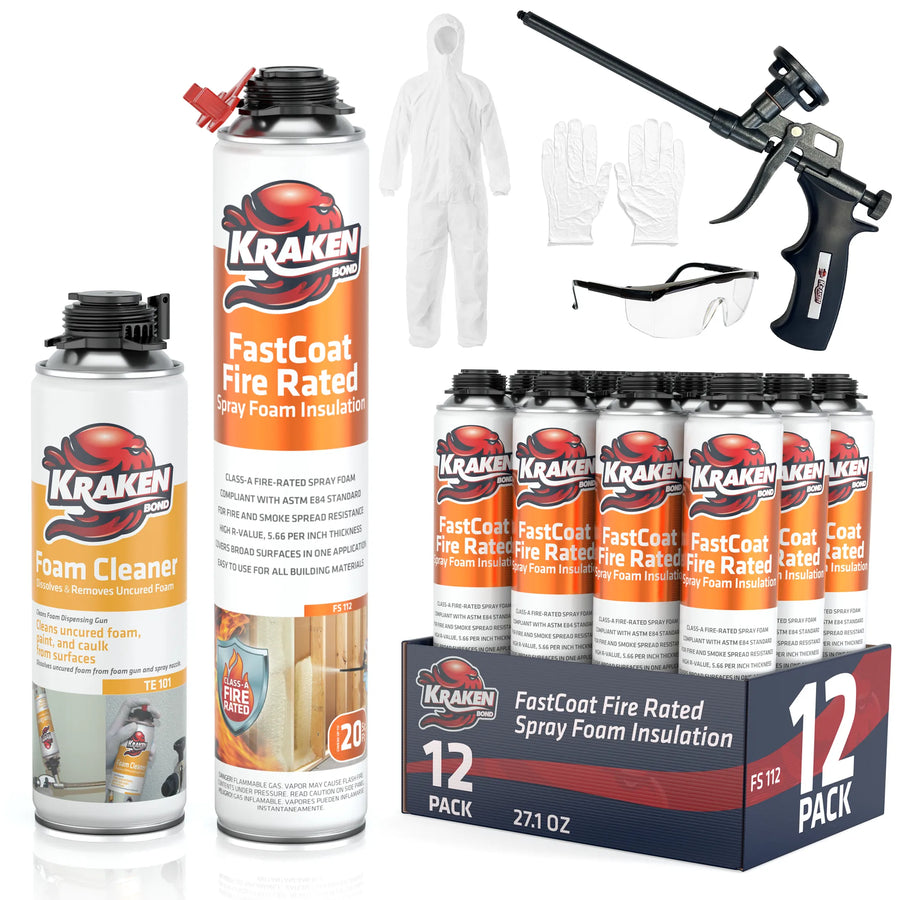







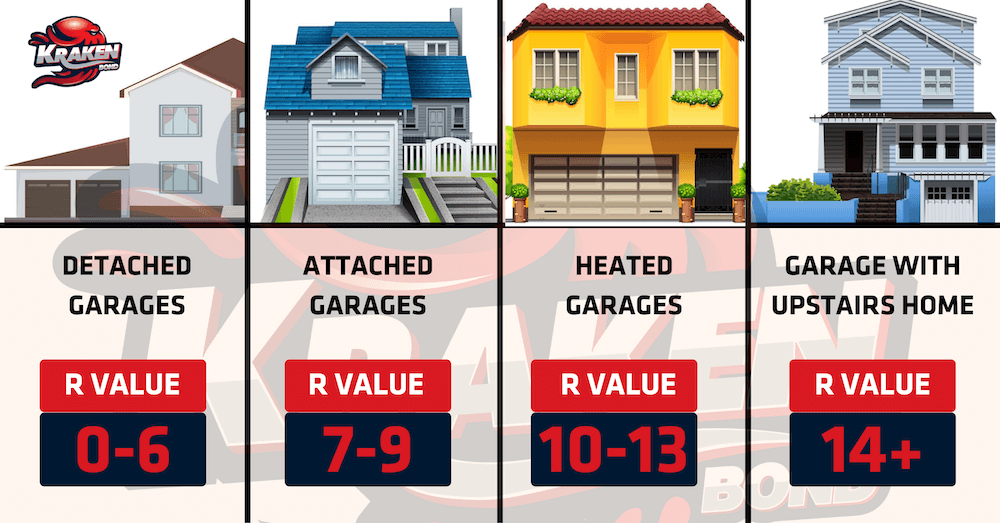
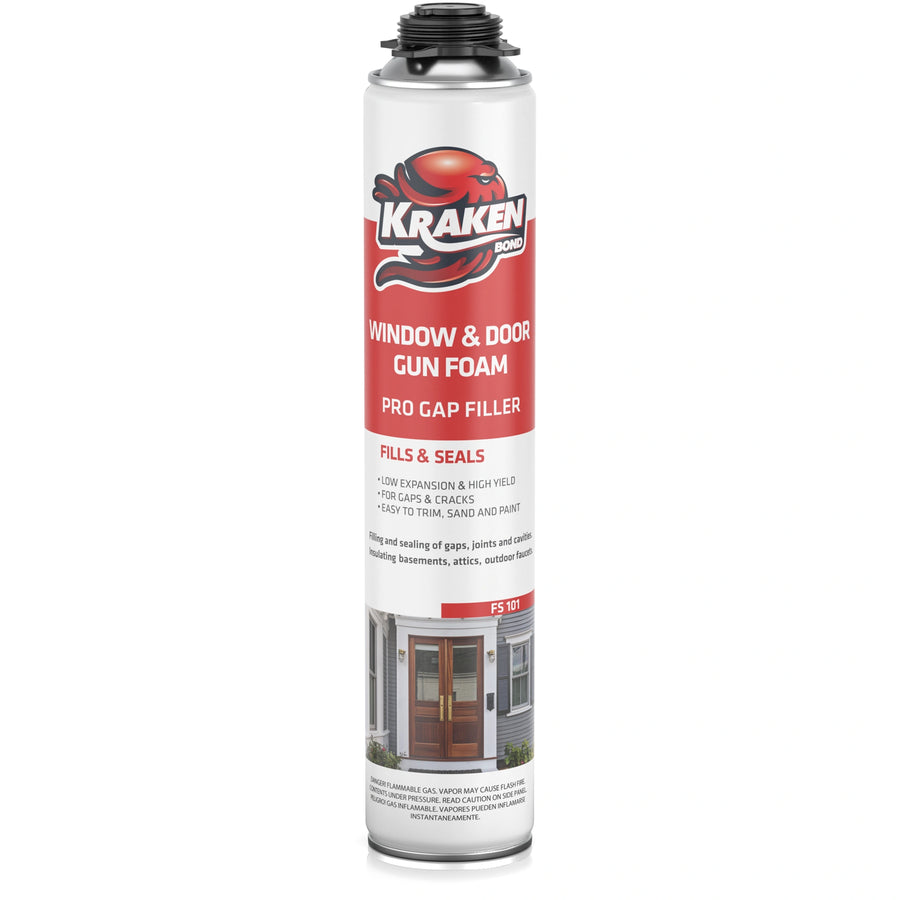
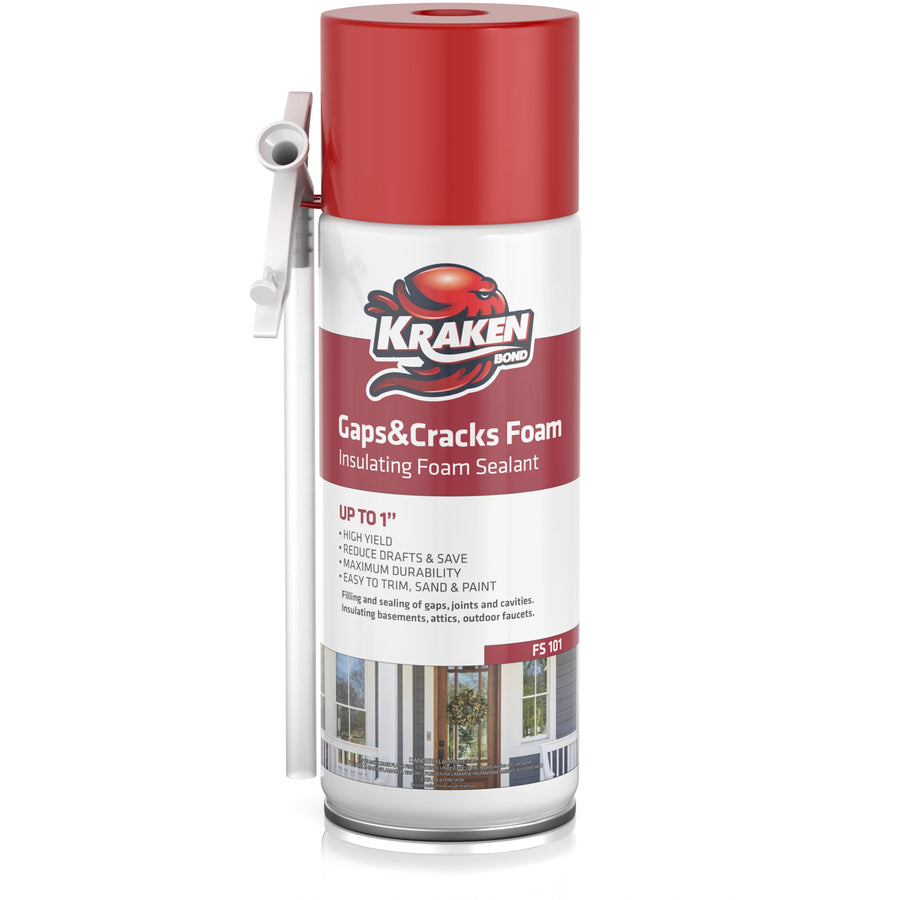
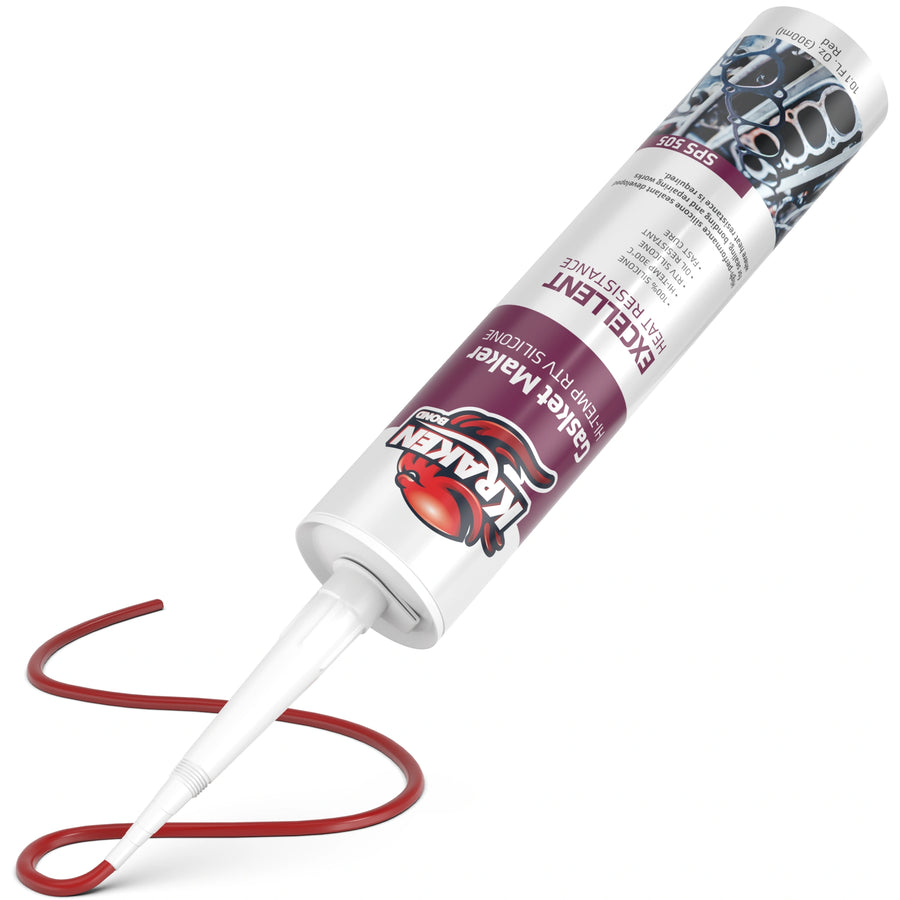
Leave a comment